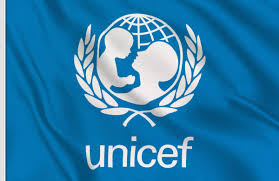Global education funding is facing sharp reductions that could leave an additional six million children out of school by 2026, the UN Children’s Fund (UNICEF) has warned.
UNICEF Executive Director Catherine Russell said Official Development Assistance (ODA) for education is projected to fall by $3.2 billion, representing a 24 per cent drop from 2023. Nearly 80 per cent of the cuts are expected to come from just three donor governments.
Such a decline would push the number of out-of-school children worldwide from 272 million to 278 million, according to UNICEF.
“Every dollar cut from education is not just a budgetary decision, it’s a child’s future hanging in the balance. Investing in children’s education is one of the best investments in the future for everyone,” Russell said.
The heaviest impacts are expected in already vulnerable regions, especially West and Central Africa, where 1.9 million children could lose access to school. Another 1.4 million could be affected across the Middle East and North Africa.
In total, 28 countries risk losing at least a quarter of the education aid they rely on. Côte d’Ivoire and Mali face steep declines, with enrolments projected to drop by 340,000 and 180,000, respectively.
Primary education is expected to be hit hardest, with funding projected to fall by one-third. UNICEF warned the cuts could deepen the global learning crisis and cost children an estimated $164 billion in lost lifetime earnings.
School feeding programmes sometimes a child’s only reliable meal, could see funding halved, while support for girls’ education is also likely to shrink. At least 290 million children who remain in classrooms could face a decline in learning quality.
UNICEF urged donors to direct at least half of all education aid to least developed countries, safeguard humanitarian funding, and prioritise early years and primary schooling. It also called for reforms to make education financing more efficient and sustainable.
(NAN)


